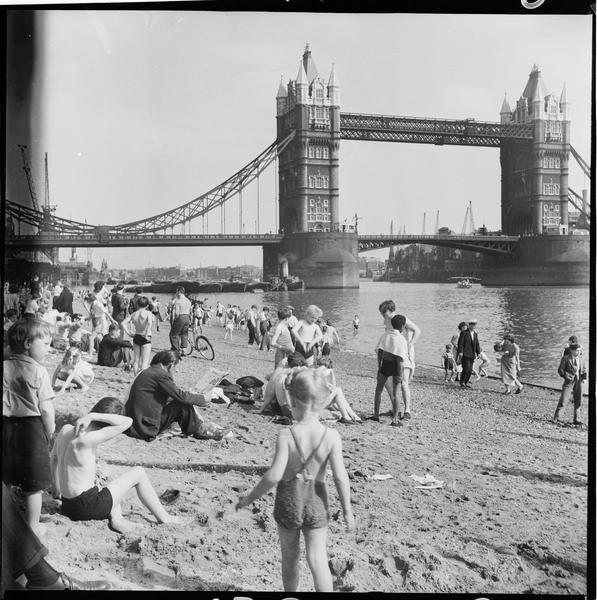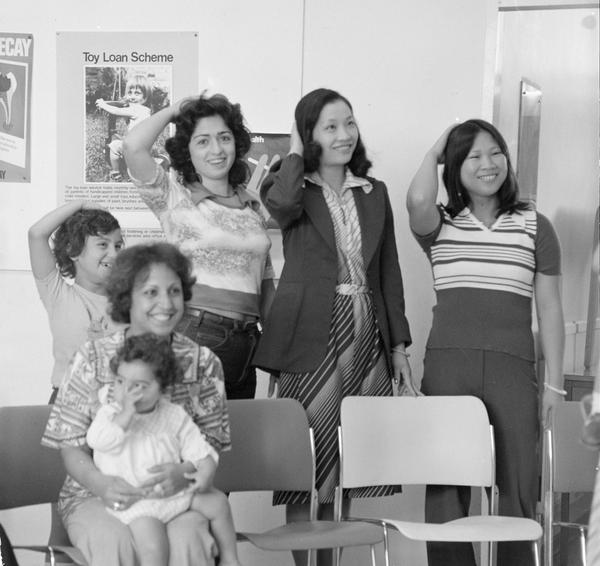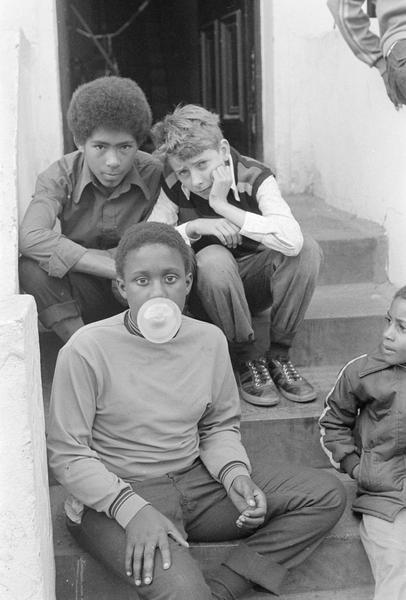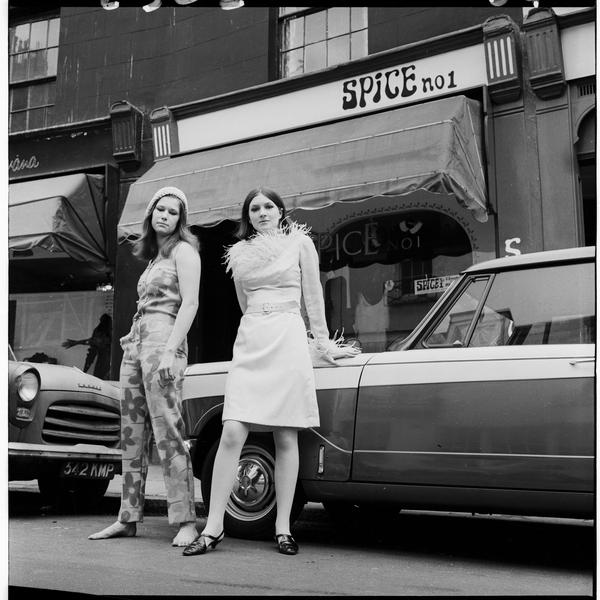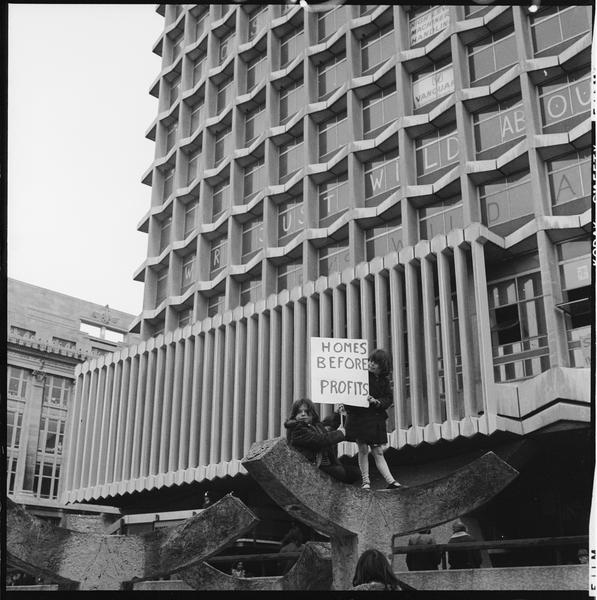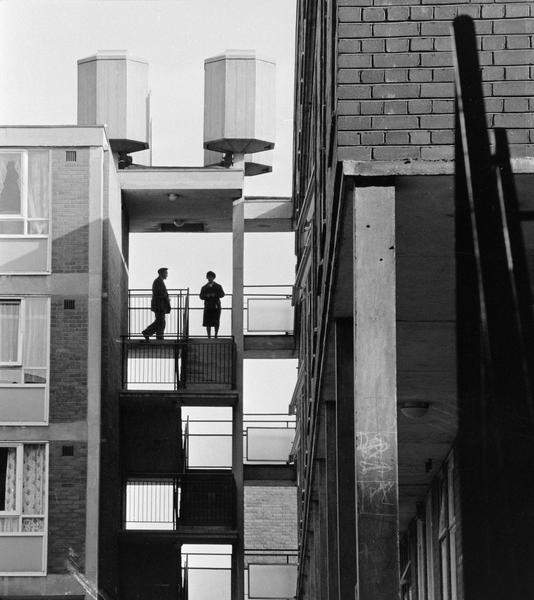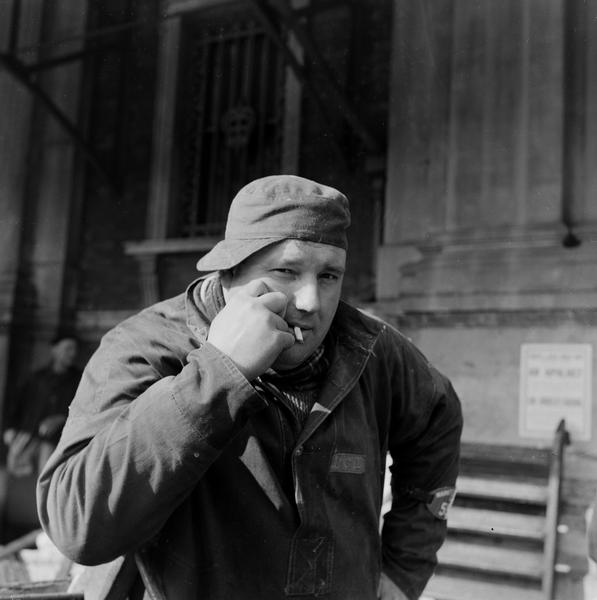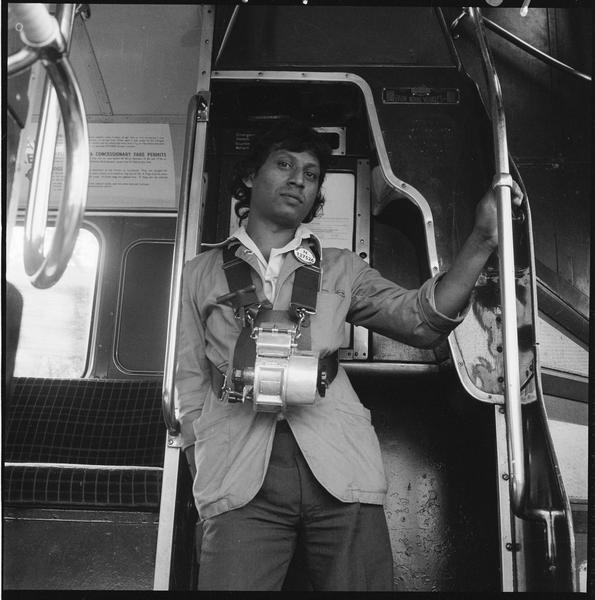Henry Grant photographed London from every angle
Henry Grant’s endlessly intriguing photos, taken between the 1950s and 1980, show London’s many communities working, learning, relaxing, protesting and celebrating.
Across London
1907–2004
80,000 images of everyday London
These superb black and white photographs captured Londoners of all ages as they went about their everyday lives – a life’s work which totals around 80,000 images.
Together, they provide a record of the massive social changes which took place as Britain moved from post-war hardship to the relative freedom of the 1960s.
Taken in streets and parks, homes, hospitals and schools, they witness the beginnings of the NHS, changes in education, new waves of immigration, the appearance of high-rise buildings, and political and social campaigns like the Campaign for Nuclear Disarmament.
How it started
Grant developed his passion for photography before the outbreak of the Second World War (1939–1945). In 1946 he made the decision not to go into his family’s textile business, and took up photography for a living.
He began taking portraits of children, but soon started to work for a news agency on Fleet Street in central London where he could pursue a career as a photojournalist.
The eye of Henry Grant
Grant photographed endlessly, both for the stories he was sent to illustrate and while travelling between these assignments.
Grant was skilled at spotting and capturing spontaneous moments. He had a flair for photographing people at ease, rather than posed and awkward.
“there must be an uninterrupted flow of movement”
Henry Grant
Grant would photograph as candidly as possible, usually waiting for the subject to become comfortable with the presence of him and his camera.
In 1950, he wrote: “In taking photographs of people, I work on the principle that there must be an uninterrupted flow of movement – the camera can capture only a fraction of the flow but it must leave the rhythm of the movement undisturbed”.
By the 1950s, Grant was working extensively for Fleet Street publishers and produced many features on London for publications such as the Times Weekly Review. He had a regular presence in What’s On In London under the byline “Familiar London seen afresh through the camera eye of Henry Grant”.
Rose and Henry
Both Henry Grant and his wife Rose, who was a reporter for the communist newspaper the Daily Worker, held strong left-wing views. This had a big influence on the subjects they chose to cover.
Henry sometimes photographed the political events Rose was covering, and the couple successfully collaborated on many projects.
After Rose left the Daily Worker, the couple produced word-and-image stories for different publications. The Times Educational Supplement noticed Henry’s talent, and Henry and Rose began to specialise in educational photography together. Much of their work was published in the supplement.
What can you see in Grant’s collection?
Grant’s work offers an unusually broad vision of London. If you lived through the 1950s, 1960s or 1970s, there’s likely to be much you’ll recognise.
You can see how Londoners dressed, which buses they rode to work, and the free milk children received at school. There are Bengali families, Jewish families and a Nigerian wedding. There are punks, mods and Teddy boys. There are dockers, and there are art students.
Grant was always an active supporter of social and political reform. His photos record rent protests, pensioner rallies, CND marches and May Day demonstrations.
And he photographed all over London: there are photos of Hampstead Heath and Royal Albert Dock, Notting Hill, Elmington Estate and Soho.
Grant retired in 1980. We bought the negatives of his archive and their copyright in 1986, adding a fantastic record of the capital to London Museum.













